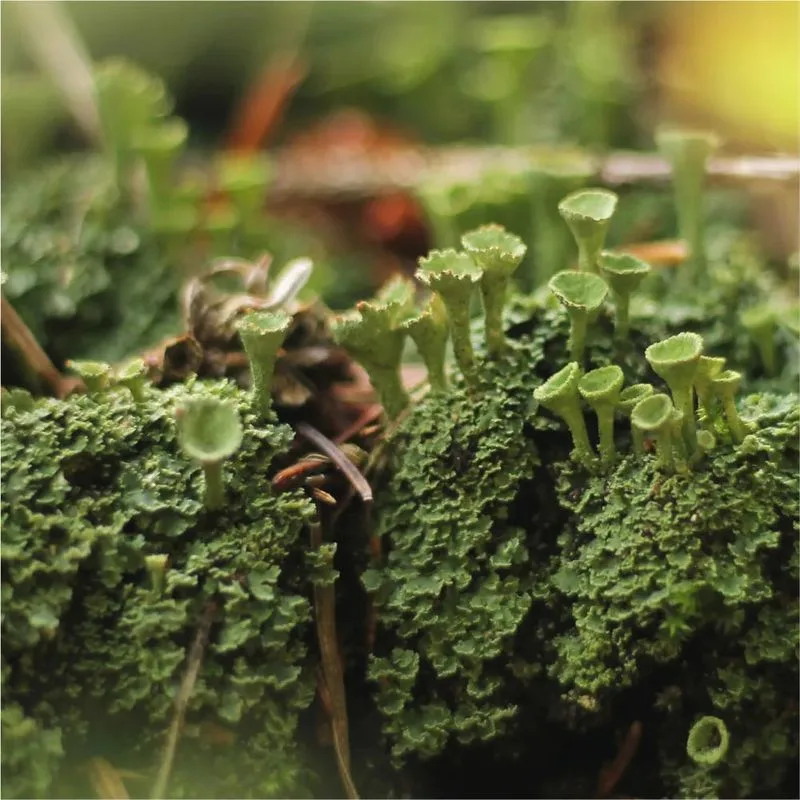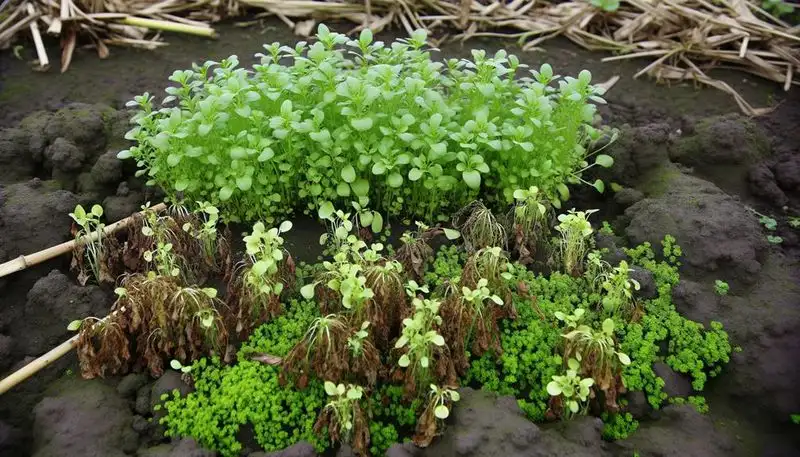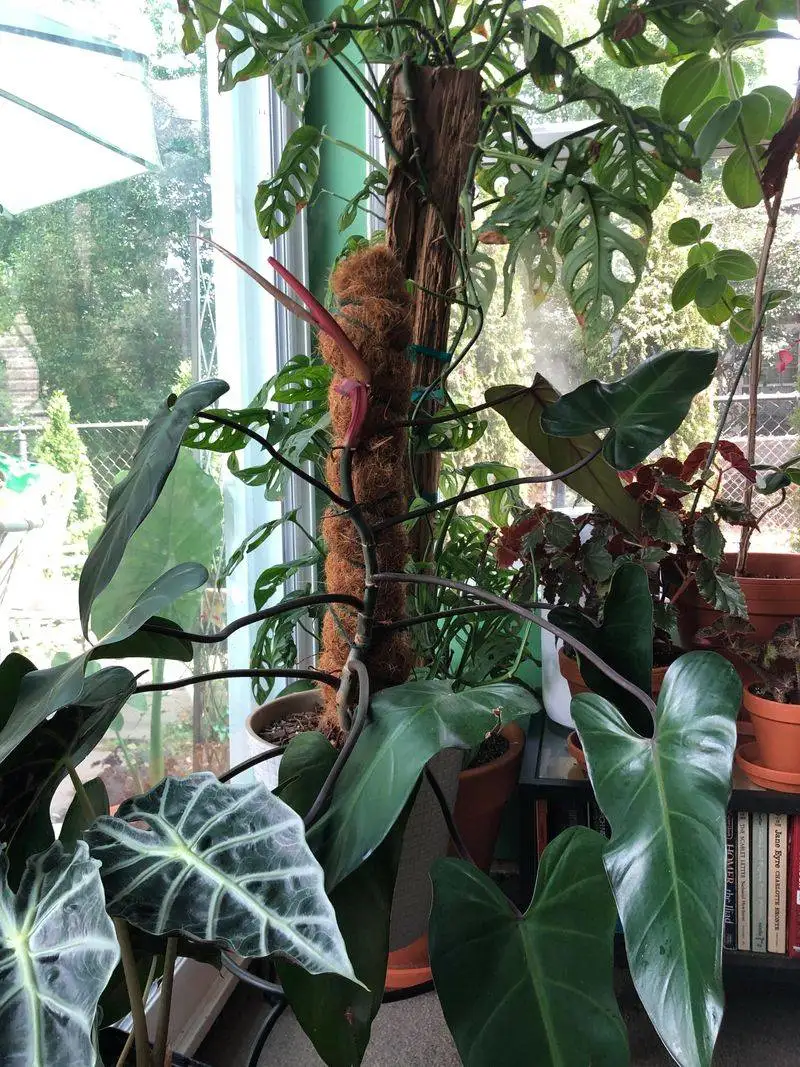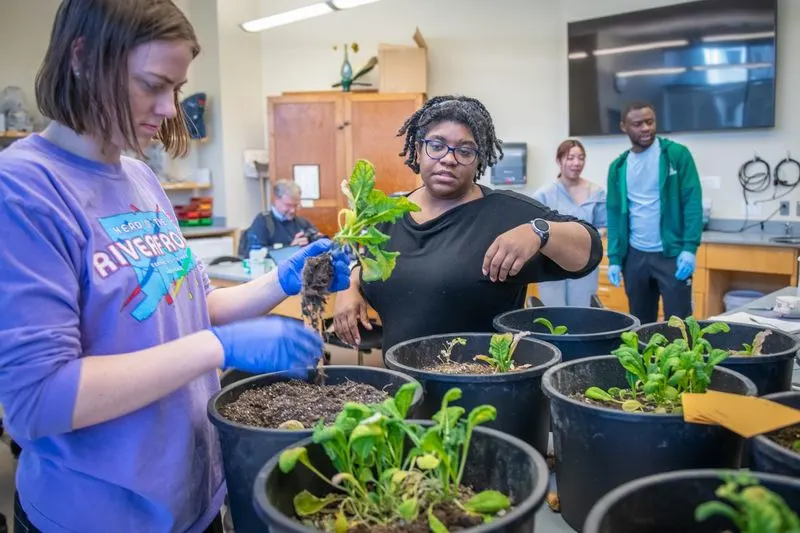Beneath the surface, roots don’t just coexist—they communicate, compete, and collaborate in complex ways that shape your garden’s health. Like a choir, some roots harmonize beautifully, supporting each other’s growth, while others clash, leading to stunted plants or nutrient struggles.
Understanding how different species’ root systems interact underground can transform the way you plan your garden. Mixing compatible plants can improve soil structure, moisture retention, and even disease resistance—all without extra effort.
In this article, explore the fascinating world of the “root choir”, learn which plant roots sing in tune, and how to design beds where below-ground teamwork leads to above-ground success.
Root Communication

Roots communicate in mysterious ways, sending chemical signals through the soil. These signals can alert neighboring plants to pests, indicating a complex network of underground communication. In some cases, this interaction leads to mutual benefits, such as sharing nutrients. The complexity of these interactions means that some plants can even manipulate others for their advantage. This silent conversation is critical for plant survival and growth. Understanding these interactions can help in creating smarter agricultural practices, enhancing crop resilience. It’s like an underground internet where each root knows its role and communicates accordingly.
Nutrient Sharing

In the underground world, plants often engage in nutrient sharing, a cooperation that can enhance growth. Through networks like mycorrhizal fungi, roots connect and exchange essential nutrients. This sharing isn’t always equal; some plants take more than they give, leading to delicate balances. Such interactions are crucial in nutrient-poor soils where collaboration can mean survival. It’s fascinating how plants establish these connections, forming networks that resemble a barter system. These underground economies help sustain diverse ecosystems, providing a foundation for rich biodiversity.
Root Competition

Not all interactions are friendly in the root choir. Competition for water, light, and nutrients is a fierce battle underground. Some plants develop aggressive root systems, overpowering neighbors to ensure their survival. This competitive nature is vital for natural selection, helping strong species thrive. In some environments, this struggle results in monocultures, where only the fittest survive. Despite its harshness, root competition leads to the evolution of more resilient plants. It’s a survival game, showcasing nature’s relentless drive to adapt and evolve.
Symbiotic Relationships

Symbiosis between roots and fungi is a marvel of nature, where both parties gain. Mycorrhizal fungi attach to roots, enhancing water and nutrient absorption. In return, fungi receive sugars from the plant, creating a win-win situation. These relationships boost plant health and resilience, especially in challenging environments. Such partnerships are essential in forests, supporting the majestic trees we admire. This collaboration demonstrates nature’s ability to form alliances, building strong and sustainable ecosystems. It’s a reminder of the power of cooperation in nature’s intricate web.
Allelopathy

Allelopathy is a form of chemical warfare where plants release substances to hinder competitors. These chemicals can suppress seed germination and growth of nearby plants, giving the allelopathic plant an advantage. This strategy is common in plants like black walnut, which dominates its surroundings. While it may seem ruthless, allelopathy is a survival tactic, ensuring resources are available for the dominant plant. This phenomenon showcases the darker side of plant interactions, where survival often necessitates a competitive edge. It’s nature’s way of maintaining balance and diversity.
Root Adaptations

Roots have adapted to thrive in diverse environments, each with unique strategies. From deep taproots tapping into water reserves to fibrous roots spreading wide for stability, these adaptations are impressive. In arid regions, roots develop drought-resistant traits, while in wetlands, aerial roots help breathe. These adaptations highlight nature’s incredible ability to evolve and survive in various conditions. Understanding root adaptations can inspire innovative agricultural practices, optimizing growth in challenging climates. It’s a testament to nature’s ingenuity, where every root has a story to tell.
Root Interactions with Microbes

Beneath the soil, roots engage with a bustling community of microbes. These tiny organisms play vital roles in nutrient cycling, helping plants absorb essential elements. Through partnerships with bacteria, roots can fix nitrogen, enhancing soil fertility. This collaboration is crucial for sustainable agriculture, where healthy soils lead to bountiful harvests. The interaction between roots and microbes is a dance of mutual benefit, showcasing the synergy of life underground. It’s a hidden world that sustains life above, a testament to the unseen but profound connections in nature.

